Last Updated on September 22, 2024 by Michelle
I have a new obsession… dehydrated powder tomatoes. I’m holding a mason jar of it in my hands right now and thinking how magical it is.

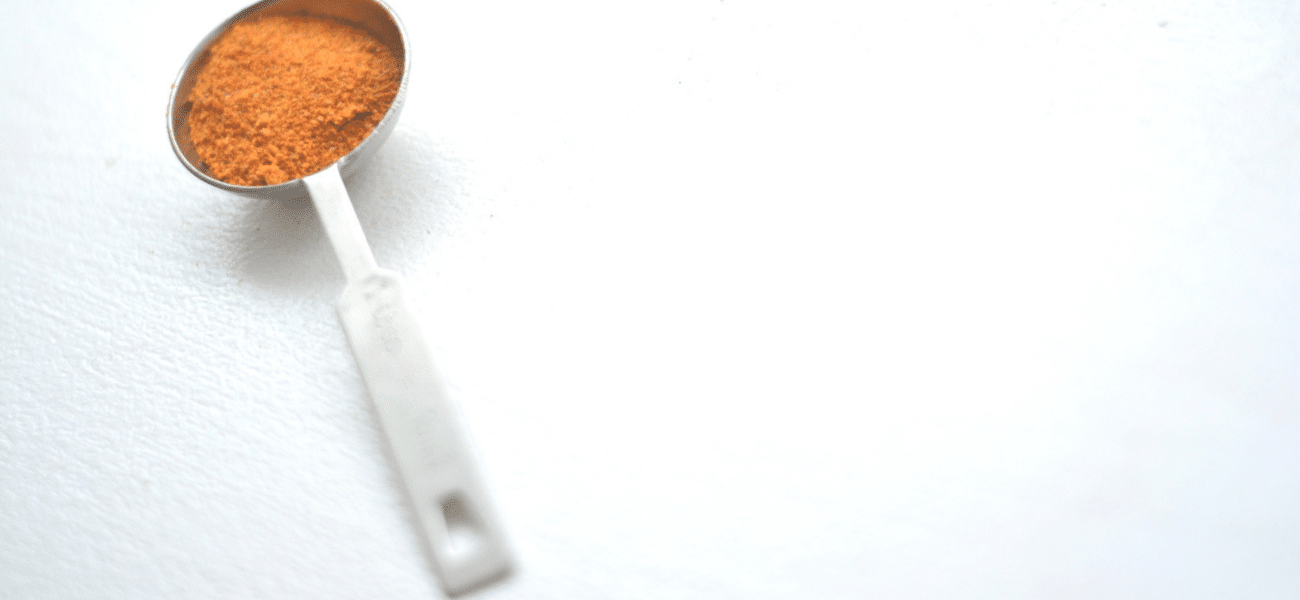
Why should you make dehydrated powders?
Only 1 in 10 adults eats enough vegetables on a daily basis. Crazy, right? (Go here to read the findings.)
But what if you could sprinkle some veggies over almost any dish? What if you could just grab a mason jar of dehydrated, powdered veggies that you grew yourself last summer and shake the magical, nutritious powder on any meal your heart desires?
Heck you don’t even have to grow them yourselves. You can definitely do this with tomatoes you’ve purchased from the farmer’s market or the store. But if you do want to grow some to dehydrate, this is a list of my favorite tomatoes for dehydrating and why.
It’s pretty brilliant guys.
Even better, I love making homemade tomato sauce by adding some warm water to my tomato powder every Friday night for our pizza night.
But I digress… Here’s where I should make it clear that even though I am currently obsessed with dehydrated tomato powder, you can do this with ANY dehydrated veggie or fruit… Strawberry or peach or banana powder would be so delicious to shake on oatmeal, yogurt, or even cold cereal. Honestly, I’m sure there are a million wonderful ways to add fruit powders and veggie powders to so many things. (Leave a comment below with your ideas!)
So no matter what dehydrated veggie or fruit you have on hand, you should give dehydrated powder a try.
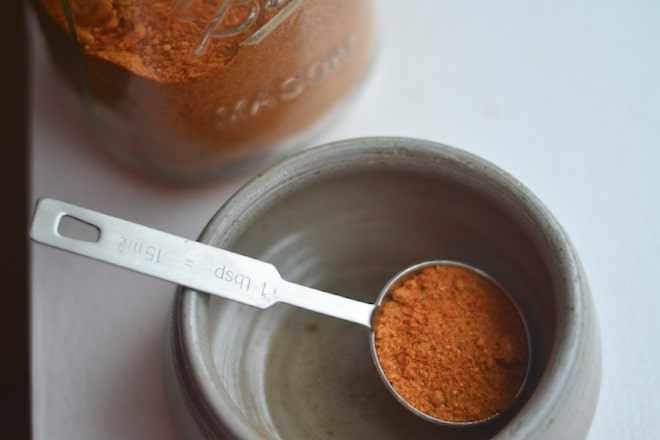
How to make dehydrated powders:
1. Dehydrate your food.
2. Condition your food for about a week (see below).
3. Using a high-quality blender, turn your food into powder. (See notes below.)
4. Preheat to 150 degrees and then TURN OFF oven.
5. Place your powder on parchment paper, on a cookie tray, and put in oven for ½ an hour.
6. Store in a mason jar with sealed lid or other vacuum sealed bag.
NOTES:
This is my blender; between this & homemade peanut butter, this blender has transformed my kitchen guys. It’s worth every stinkin’ penny.
This is how I vacuum seal my bags.
And this is the only parchment paper I use.
If you want the easy route, for lots of things like strawberries and tomatoes I don’t bother slicing all the fruit or veggies. Instead, I puree them in my blender then pour that onto my dehydrating tray’s sheets. More about making homemade strawberry fruit rolls ups here (which I then powder).
How do you condition dehydrated food?
Conditioning is very simple, but so important. Follow these steps:
- Once your food is dehydrated, place it in a lidded container and shake it vigorously, many times a day, for about a week.
- When you’re shaking the container each day, pay look for any stickiness.
- If at anytime you see some pieces sticking to the container or to other pieces of food, you want to return those pieces back to the dehydrator.*
- After a week, you’re good to store your dehydrated food or move on to the next step if you’re making powder.
* If you have some sticky pieces, feel free to keep them in a separate jar or container until your week of conditioning is up and add to it as you go. That way you won’t be firing up your dehydrator daily to just finish a few little pieces at a time.
What is the best dehydrator?
I have tried many different dehydrators over the years, trying to save money with lower priced ones. I’ve also dehydrated many herbs by hanging them to air dry and many veggies by spreading them out on baking trays on the dashboard of my car on a hot sunny day.
While there are many ways to dehydrate without fancy equipment, and many lower priced dehydrating machines on the market that are fine, I can tell you I will never go back to any other way now that I have found the top echelon of dehydrators.
Bonuses? It has such a large capacity (yet a small enough footprint to stay in my kitchen all season long) that I save lots of energy. I have to run 4 loads in a cheap dehydrator to equal just one in the Tribest.
This is my dehydrator and I whole heartedly recommend it to anyone who asks.
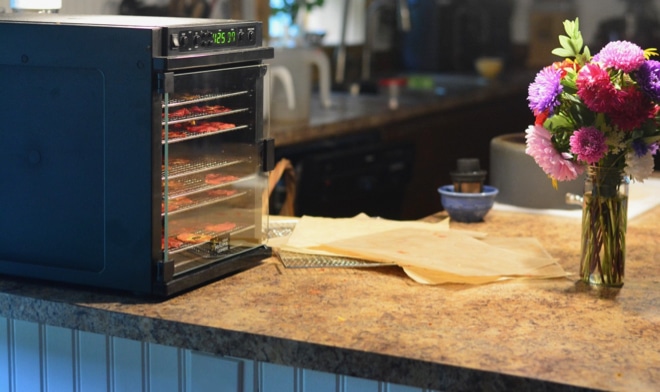
It is an investment, but the way it churns out high-quality food for my family on a regular basis, and the high-quality parts and stainless steel trays, make it very worth the investment for me. Plus, it’s paid for itself many times over.
Listen in to More About my Dehydrator
Other Articles You’ll Love:
Which Tomatoes Dehydrate the Best
How to Use Dehydrated Tomatoes
How to Make Pasta Sauce with Tomato Powder
The Tools I Use the Most in My Farmhouse Kitchen
You have crowned the year with Your goodness. Psalm 65:11
Pin this for later!
Click on the image below to pin this post.
Find out why SoulyRested was considered to be one of the Top 20 Must-Read Homesteading Blogs of 2018 and then one of the Top Homesteading Blogs of 2021 as well.
Glance at my Resource Page if you’d like to get a glimpse of all the supplies I use and recommend for everything from gardening, to homeschooling, to chicken care, to nature journaling, to maple syrup making.
I’d love to connect!
To find me in some other neck of the woods, just click any (or every!) icon below:
And please join in on my resource library. I’m often adding sweet bonuses.


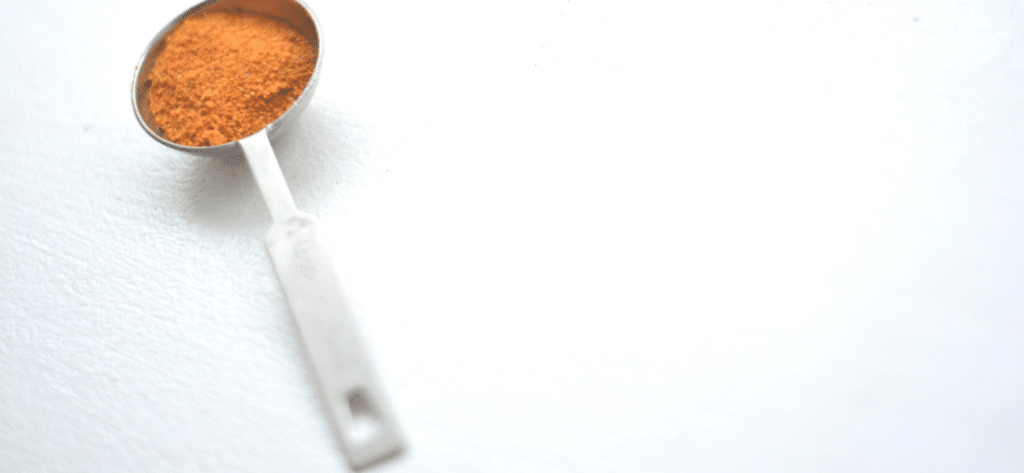
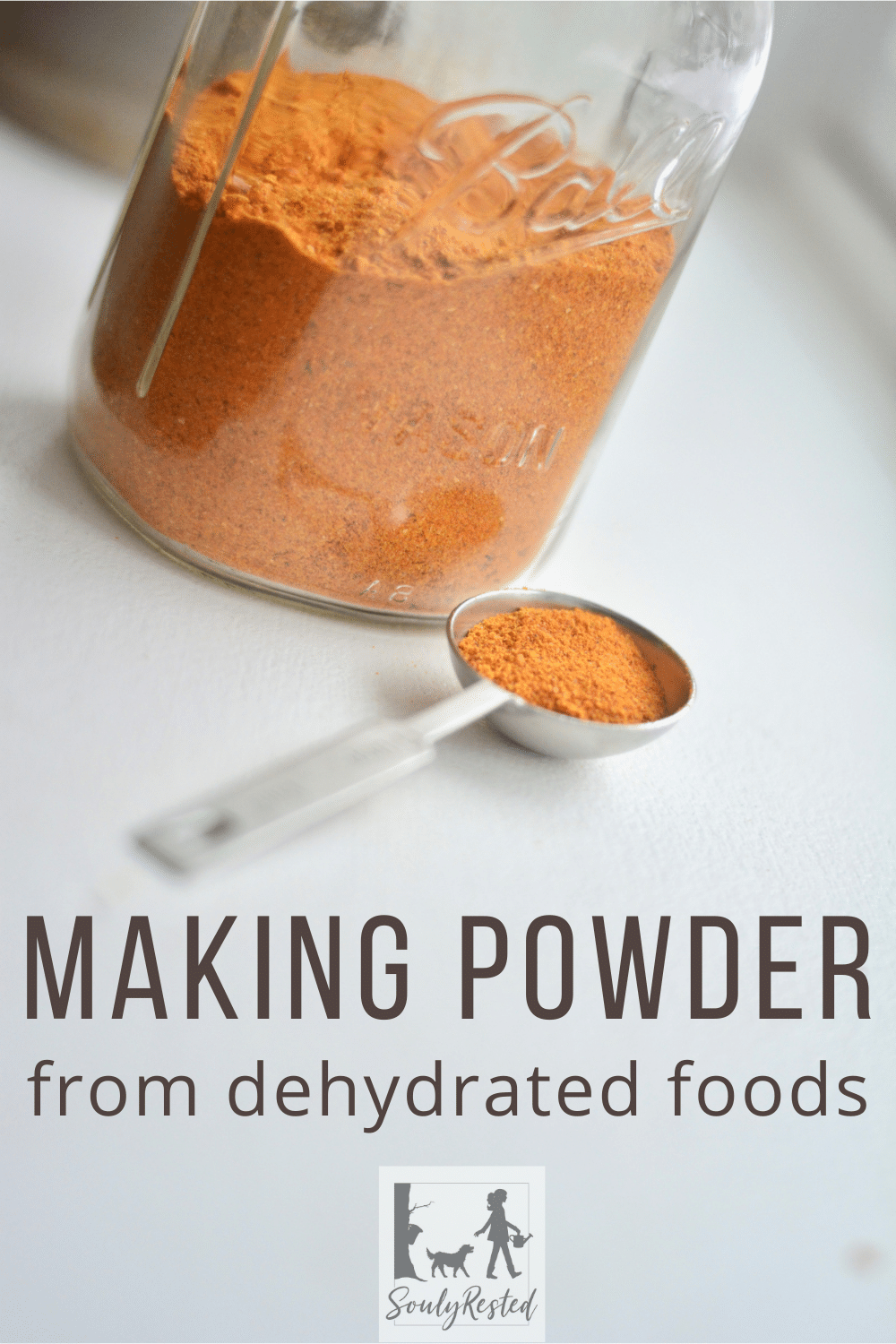





Will the powder clump? Do you need an oxygen absorber?
If properly conditioned, the powder doesn’t clump… except the sheer weight of it on itself, if it’s a larger sized jar, can cause pressure clumping. And no oxygen absorber. That would have to be replaced every time you open the jar for it to be of any use.
Can this process be used to make drink powder mixes?
for sure
So thrilled to find this information! Thank you so sincerely!
I’m glad you found me! I share a lot like this over on instagram daily… hope you join me there as well. 🙂 https://www.instagram.com/souly.rested